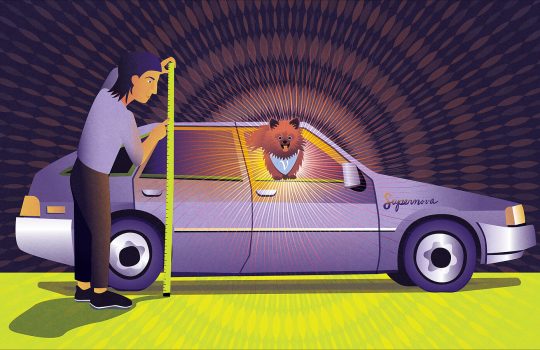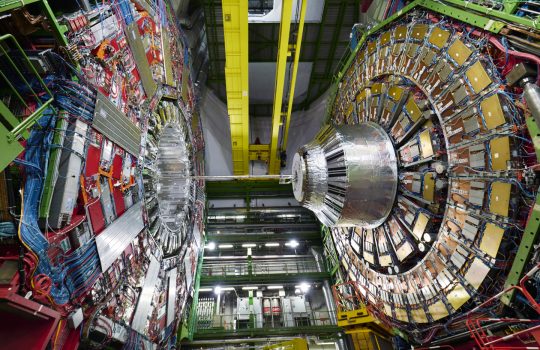An attempt to solve a quantum problem just deepens the mystery
From Big Think, Feb. 15, 2023: The Standard Model of Physics has been challenged by the Muon g-2 and W-boson measurements. Don Lincoln discusses a recent paper in the journal Nature Communications that attempted to resolve two significant discrepancies in particle physics.


